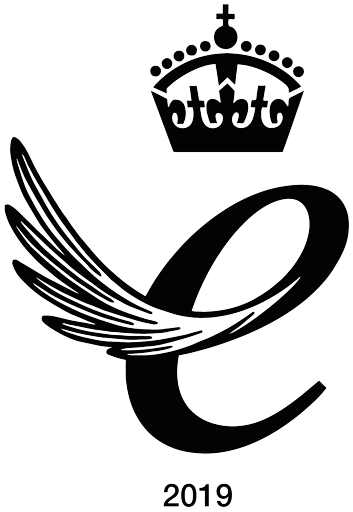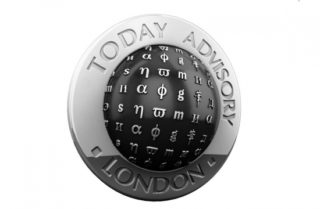Lauded by critics as a revolution in modern-day film-making, space drama Gravity and its British production and visual effects team cleaned up this year’s Academy Awards.
And while Hollywood’s household names captured most of the headlines, the technical categories were dominated by British innovators.
Accepting the Oscar for best visual effects (VFX), the all-British quartet of VFX Supervisor Tim Webber, Computer Graphics Supervisor Chris Lawrence, Animation Supervisor David Shirk and Special Effects Supervisor Neil Corbould told the audience that Gravity would not have been possible without the work, dedicated and innovation put in by Soho-based VFX company Framestore.
Framestore’s special effects work accounted for an incredible 80 per cent of the entire feature film. By contrast, the special effects in James Cameron’s Avatar – another cinematic revolution back in 2009 – accounted for 60 per cent of the entire film.
Gravity‘s success at the 86th Academy Awards means that Framestore now has a second Oscar award to its name, following their work on the 2007 film, The Golden Compass.
Framestore’s Oscar success has elevated the UK to the centre of the visual effects and motion graphics industry, making it a focal point on Hollywood’s radar. The Daily Telegraph recently described Britain’s visual effects community as the “poster boy of the SME sector” and the “fast becoming … star of the global movie business”.
The Telegraph went on to report that the 10 SMEs and four big players that make up the British VFX sector are now winning most of the work commissioned by Hollywood.
Competitive incentives such training grants and tax credits have put British talent on the map for film, television and animation. Filmmakers and studios from around the world are taking advantage of British talent and facilities. Gravity‘s success will only pioneer British innovation in this sector even further.
Leading up to the awards, Gravity producer David Heyman – who also boats the Harry Potter franchise on his CV – told Sky News that the film is a “celebration of British talent” and that Britain has the “crews and people working within both production and visual effects that are as good as anywhere else in the world. That why people are coming here from all over the world to make films.” Most of the film was shot at Pinewood and Shepperton Studios in the UK.
Sarah Mackey of the UK Screen Association cited the Harry Potter films, which were also filmed in the UK, as one of the reasons Britain’s visual and motion effects sector is now one of the most sought after in the industry.
“It grew on the back of a very healthy commercials visual effects market and then accelerated quite dramatically when the Harry Potter franchise came to the UK, so that was a fantastic opportunity for a lot of people to learn skills and to develop over the period of that franchise, which was filmed over 10 years,” Mackay told Sky News.
Notable mention must also go to Glenn Freemantle, who picked up the Oscar for best sound editing for his work for Gravity. Designing sound effects for a film set in space is by no means an easy task. His solution was to record vibrations from an acoustic in a tub of water. Now, if that is not innovation, we do not what is.
British actors and directors have a healthy history of success at the Academy Awards, while British story telling is some of the most revered and well-respected in the world. The time is now rife for British innovation in science and creative design to capture the imaginations of film fans around the world.
Here’s to the British cleaning up the technical categories at the Academy Awards for many more years to come.

